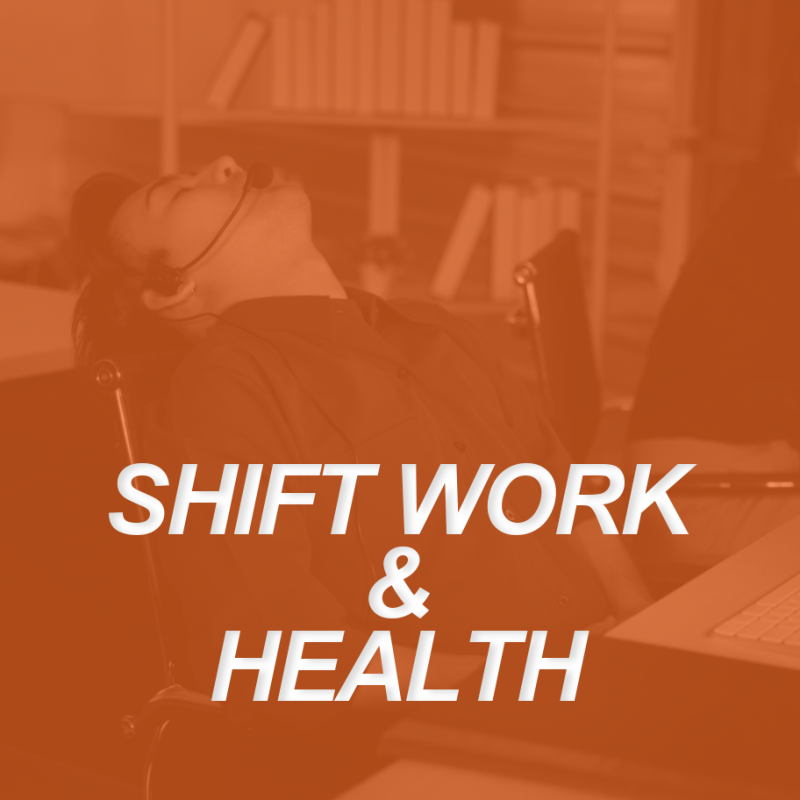
Stomach problems, ulcers, depression and an increased risk of accidents and injury are just a few issues facing the 8.6 million shift workers in the U.S., according to Web MD. Working overnight or outside the 9-5 workday is considered shift work. This includes police officers, nurses, doctors, pilots, waitresses, truck drivers and…personal trainers!
It is possible to counteract some of the effects of shift work. We just need to take a look at the underlying issues and tweak what may be reasonable for each person. Shift work has a profound impact on health because of its effect on biological rhythm and sleep. Sleep is when the body has time to repair and restore. Shiftwork often disrupts circadian rhythm, affecting every aspect of human physiology.
Being on a rhythm is beneficial for all of us, whether we work in the day or night.
Get familiar with the common terms used around this topic and then scan through the possible solutions.
Chronobiology – is a field of biology that examines timing processes, including periodic (cyclic) phenomena in living organisms, such as their adaptation to solar– and lunar-related rhythms. This is our relationship to the sun, moon and seasons.
Biological rhythm – repetitive cycles that occur in biology, studied in the science of chronobiology. Think of hormone cycles, seasons, sunrise/sunset, and the moon.
Circadian rhythm – is a natural, internal process that regulates the sleep–wake cycle and repeats roughly every 24 hours. This type of biological rhythm affects sleep.
(Definitions from Wikipedia)
Working with the cyclical nature of human living as much as possible is beneficial for health and well-being, because otherwise we are working against it.
5 Sleep and Timing Tips for Shift Workers
- Establish a consistent work rhythm. If a person needs to work overnight, it is recommended to have the same hours every night for work, as opposed to working a combination of day and night shifts. Maintain a similar schedule on non-work days by keeping sleep timing consistent. Predictable and consistent sleep provides an elixir of health benefits. See the sample schedules below for guidance.
- Align work and life. Consistency in meal times cues other processes in the body. So does regular physical activity and socializing. Meeting other people with a similar work/life schedule can help normalize ones rhythm. The body can be trained toward a different routine to an extent, consistency is key.
- Cue sleep. Darkness is one of the strongest cues for sleep, which is why artificial light from screens too close to bedtime disrupts sleep. Get as much exposure to light (preferably outside) as possible during awake times and use a bedtime routine, blackout shades, sunglasses, an eye mask, ear plugs and a sound machine to cue to the body to sleep during sleep periods. Especially if sleep times are during normal daylight hours, these supplements can help set the tone.
- Prioritize healthy habits. Daily physical activity and nourishing meals are important for everybody. Getting the recommended eight hours of sleep per 24 hour period is also crucial. Blocking out time for that sleep plus a wind down routine (and maybe sometime to wake up) is the cheapest medicine around.
- Consider chronotype. Some people have it within their biological design to tolerate being awake overnight, or at least stay up later than others. A chronotype test can assist with investigating this, but many people might already have a hunch as to whether they are night owls, early birds or somewhere in between. Timing shift work schedules with chronotype is a win win.
Sleep Schedule Examples for Shift Workers
Adjust meal times and sleep times as needed, try to be consistent within a 30 minute window each day and expand the sleep window as needed, everyone has a different amount of required sleep, by design.
Example One:
Personal Trainer
Work schedule: 5am-1pm and 4-6pm
Sleep schedule: 8pm-4am
Breakfast: 4:30am
Lunch: 10:30am
20 minute nap/rest: 11am
Exercise: 1:30pm
Dinner: 3:30pm
Snack: 6pm
Example Two:
Night Nurse
Work schedule: 7pm – 3am
Sleep schedule: 4am-noon
Breakfast: 12:30pm
Exercise: 2pm or 5:30pm
Lunch: 4:30pm
20 minute nap/rest: 5pm
Dinner: 10pm







